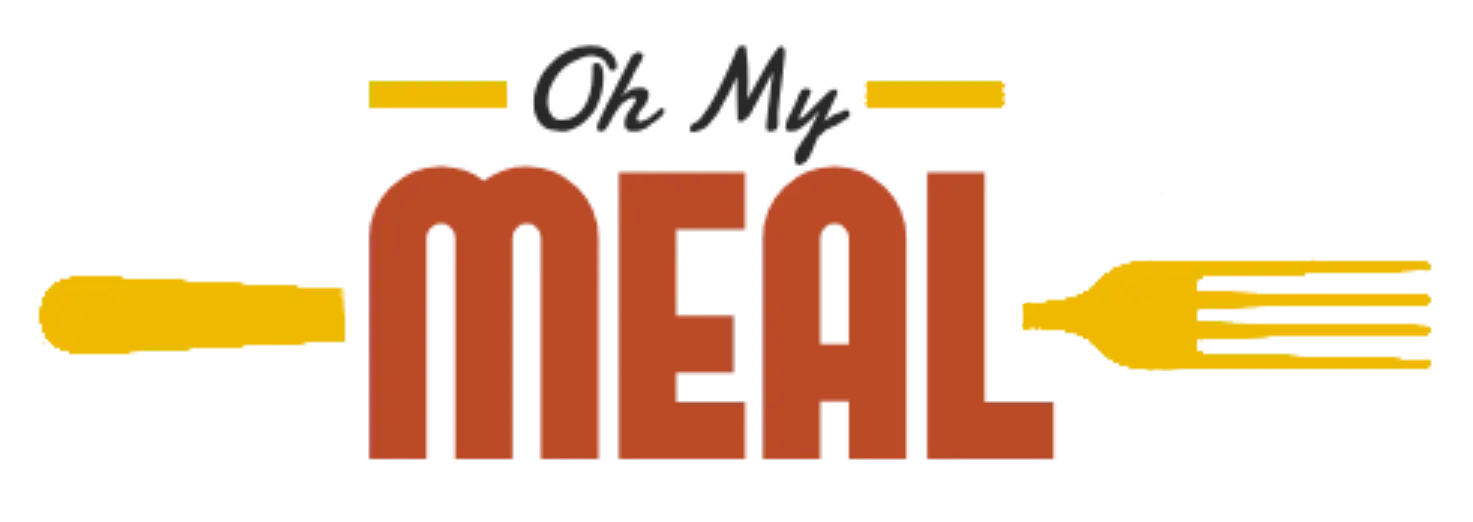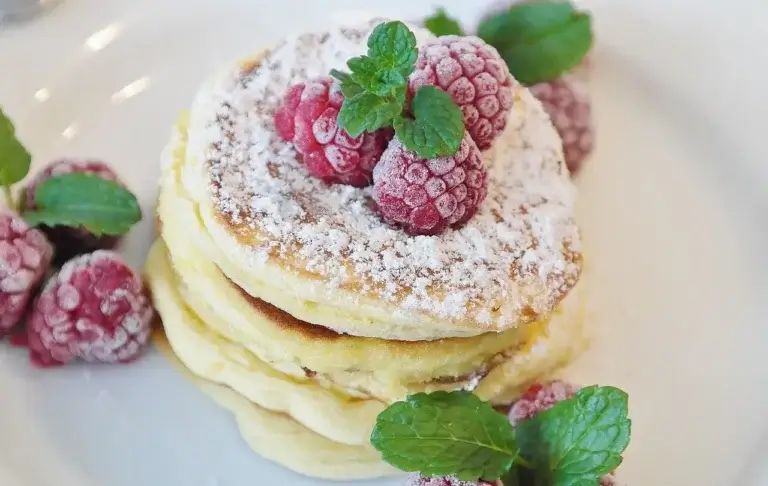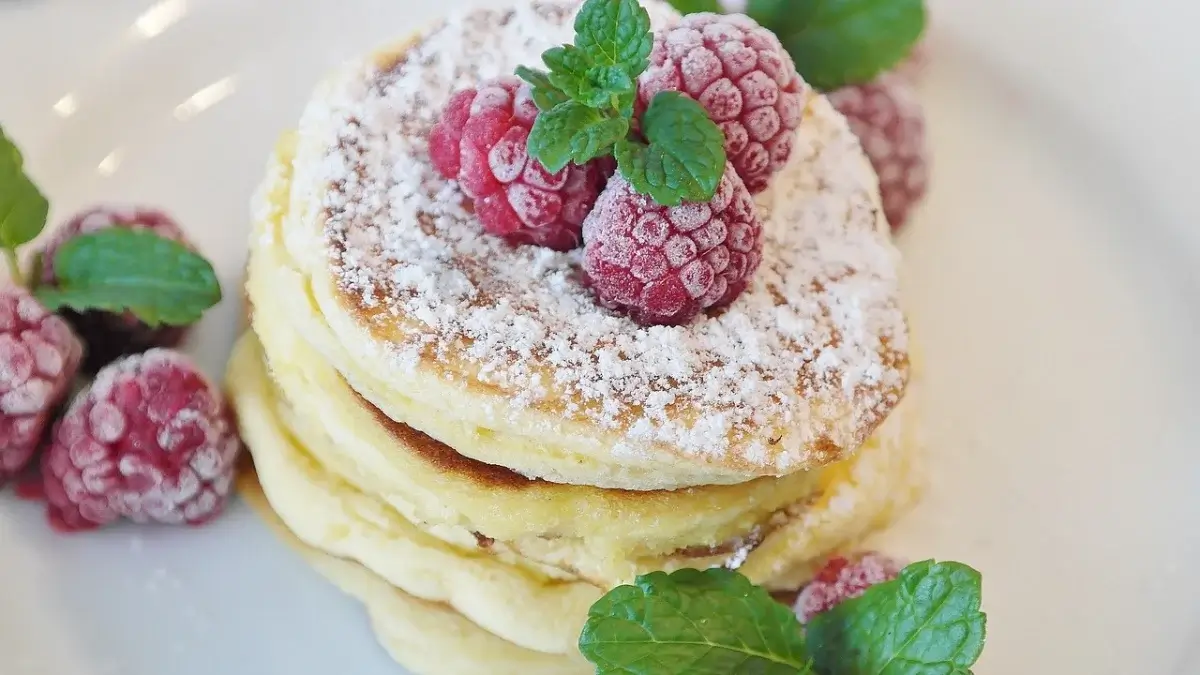
Have you ever craved pancakes but realized you were out of baking powder? Don’t worry! You can still prepare incredibly delicious and fluffy pancakes, even without it. Let’s dive into how you can whip up these tasty treats with common kitchen substitutes.
Origins of Pancakes
The origins of pancakes trace back thousands of years, with evidence of their consumption found in classical civilizations like the Greeks and Romans. Early pancake recipes varied widely, with ingredients ranging from wheat flour to rice and even ground nuts. These ancient civilizations often flavored their pancakes with honey, fruits, or spices, creating diverse flavors.
Medieval Pancakes
During the Middle Ages, pancakes continued to be a popular dish across Europe. Recipes evolved, incorporating ingredients like milk, eggs, and spices from the Crusades. Pancakes were a staple food and held symbolic significance, often consumed during festivals and religious ceremonies.
Why Pancakes Without Baking Powder?
You might wonder why you’d want to make pancakes without baking powder. You ran out or are looking for a healthier alternative. Baking powder often contains sodium aluminum sulfate, which some prefer to avoid. Plus, using natural substitutes can sometimes result in a richer flavor and better texture.
Substitutes for Baking Powder
If you’re looking for other ways to make pancakes without baking powder, here are a few adequate substitutes:
Using Baking Soda and Vinegar
Baking soda and vinegar produce a chemical reaction that mimics the leavening effect of baking powder. This combination is perfect for achieving fluffy pancakes. The reaction between the basic baking soda and the acidic vinegar generates carbon dioxide gas, which becomes trapped in the batter, making it rise.
This method is most effective when the batter is cooked after mixing to maximize the gas produced.
Using Whipped Egg Whites
Gradually beat egg whites until they form stiff peaks, then delicately fold them into the batter. This method provides the necessary lift, resulting in light and airy pancakes. It relies on the air trapped within the whipped egg whites to give the batter volume. Carefully incorporate the egg whites into the batter to avoid deflating them. This technique takes more time and effort but yields exceptionally fluffy pancakes.
Using Yogurt or Buttermilk
The acid in yogurt or buttermilk interacts with baking soda, helping the pancakes rise without baking powder. They also add a delightful tang to the flavor. To achieve consistency, it would help to thin the yogurt with some milk. Buttermilk is a fantastic substitute as it also tenderizes the pancakes, making them soft and flavorful.
Tips for Perfect Pancakes
Using the Right Pan
A good non-stick skillet or a well-seasoned cast-iron griddle works best for even cooking and easy flipping. A heavy-bottomed pan distributes heat uniformly, preventing hotspots that can burn pancakes. Preheat the pan thoroughly before adding the batter to ensure even cooking.
Getting the Right Consistency
The batter should be thick but pourable. If it’s too thick, add a little more milk. If the mixture is too liquid, incorporate a little more flour. The ideal consistency allows the batter to spread slightly when poured onto the pan but still hold its shape. This balance helps achieve thick and fluffy pancakes without being dense.
Cooking at the Right Temperature
Cook the pancakes over medium heat. Too hot, and they’ll burn on the outside while remaining raw inside. Too cool, and they won’t cook properly. A helpful test is to scatter a few drops of water on the pan. If they sizzle and evaporate immediately, the pan is ready. Modify the heat as necessary to keep a consistent cooking temperature.
Common Mistakes to Avoid
Overmixing the Batter
Overmixing can make the pancakes tough. Mix just until the ingredients are mixed; lumps are okay. Overmixing develops the gluten in the flour, leading to a chewy texture instead of a tender one. Aim for a lumpy batter for the best results.
Using Too Much Heat
Cooking pancakes at too high a temperature may cause them to burn on the outside before the inside is cooked through. Monitor the heat and adjust it to maintain a consistent temperature. Pancakes should cook slowly enough to rise correctly and develop a golden-brown crust.
Troubleshooting Common Issues
Flat Pancakes
Causes and Solutions
- Cause: Overmixing the batter.
- Solution: Mix until just combined to avoid deflating the batter.
- Cause: Not enough leavening.
- Solution: Ensure you use enough baking soda and an acidic ingredient.
Burnt Pancakes
Tips to Avoid Burning
- Use medium heat instead of high.
- Keep an eye on the pancakes and flip when bubbles form on the surface.
Sticky Pancakes
How to Prevent Sticking
- Use a non-stick skillet or griddle.
- Grease the cooking surface lightly before each batch.
- Avoid using too much batter at once.
Can Dogs Eat Pancakes?
You might be tempted to share your delicious pancakes with your furry friend, but can dogs eat pancakes? The short answer is yes but with some considerations. Plain pancakes made without ingredients toxic to dogs, such as chocolate or certain artificial sweeteners like xylitol, are generally safe in small amounts. However, pancakes contain many carbohydrates and sugar, which aren’t ideal for a dog’s diet.
If you’re thinking of giving your dog a treat, consider making a dog-friendly version using ingredients like whole wheat flour, pumpkin puree, and a small amount of honey. Consultation with your veterinarian is necessary before adding new foods to your dog’s diet.
How to Make Pancakes Fluffier
If you’re looking for highly fluffy pancakes, here are some tips to help you achieve that perfect texture:
- Use Buttermilk: Buttermilk adds acidity and moisture by reacting with baking soda to create a fluffy texture. It also gives the pancakes a slight tang.
- Separate the eggs for extra fluffiness:Combine the yolks with the wet ingredients and Strive to beat the egg whites until they become stiff and form peaks. Blend the egg whites into the batter using a spatula to ensure a smooth blend.
- Let the Batter Rest: Let the batter rest for approximately 10 minutes before cooking. This lets the gluten relax, and the baking soda and acid react entirely, creating more bubbles.
- Don’t Overmix: As mentioned before, mix the batter just until the ingredients are combined. Overmixing may cause the batter to lose air, resulting in pancakes with a denser texture.
- Use the Right Heat: Cook pancakes over medium heat. Too high, and the outside will cook too fast, leaving the inside undercooked. Too low, and they won’t rise properly.
Toppings and Fillings
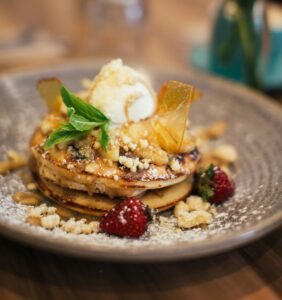
The beauty of pancakes lies in their versatility, allowing for endless topping and filling combinations to suit every palate.
Classic Toppings
- Maple Syrup: A classic pancake topping, maple syrup adds a rich, sweet flavor that complements pancakes’ fluffy texture.
- Fresh Fruits: Sliced bananas, strawberries, or blueberries add freshness and natural sweetness to pancakes.
- Whipped Cream: For an indulgent treat, garnish your pancakes with a spoonful of whipped cream and a sprinkle of powdered sugar.
Unique Fillings
- Nutella: Spread a layer of Nutella between each pancake for a decadent twist on the classic pancake stack.
- Lemon Curd: The refreshing flavor of pancakes is enhanced by the tangy and sweet lemon curd, perfect for a summer brunch.
Serving Suggestions and Pairings
Breakfast Combos
Sausages
A savory side that complements the sweetness of pancakes.
Eggs
Scrambled or fried eggs make a complete breakfast.
Hash Browns
Crispy potatoes are a perfect side dish.
Beverage Pairings
Coffee
It’s a classic breakfast drink that pairs well with pancakes.
Tea
Choose from black, green, or herbal teas.
Smoothies
A fruity smoothie can add extra nutrition to your breakfast.
Presentation Tips
Making Pancakes Look Appealing
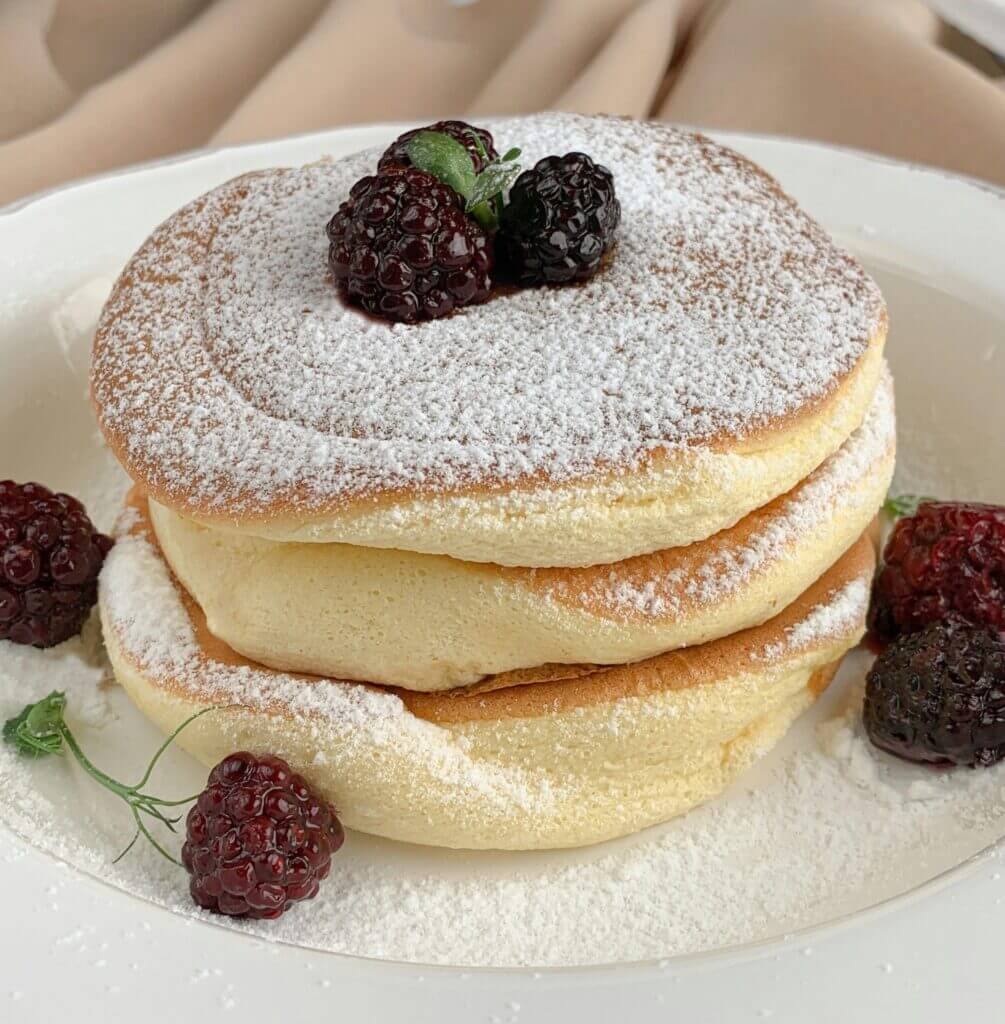
- Stack pancakes neatly.
- Dust with powdered sugar or cocoa powder.
- Garnish with fresh fruits or herbs.
Nutritional Information
Pancakes made without baking powder can still be nutritious and delicious. Here’s a quick rundown of their nutritional value per serving (approximate):
- Calories: 150
- Protein: 4g
- Fat: 5g
- Carbohydrates: 22g
- Fiber: 1g
- Sugar: 5g
Does Pancake Mix Expire?
Yes, pancake mix does expire, though its shelf life can vary based on the mix type and how it’s stored. Most pancake mixes have a “best by” or expiration date printed on the packaging. Before using the mix, it’s crucial to check this date as expired pancake mix may provide better results than fresh pancake mix.
Generally, dry pancake mix can last several months to a year if kept in a cool, dry place, like a pantry or cupboard. However, once the expiration date has passed, the quality of the mix may deteriorate, leading to less fluffy pancakes or an off-taste.
If you need help determining whether your pancake mix is still good, you can perform a visual and smell test. Check for any signs of mold, unusual discoloration, or a rotten odor. If the mix looks or smells off, it’s best to discard it and use a fresh batch.
Ultimately, it is essential to follow proper storage guidelines and use your best judgment when determining whether pancake mix is still safe to use.
Can You Use Pancake Mix for Waffles?
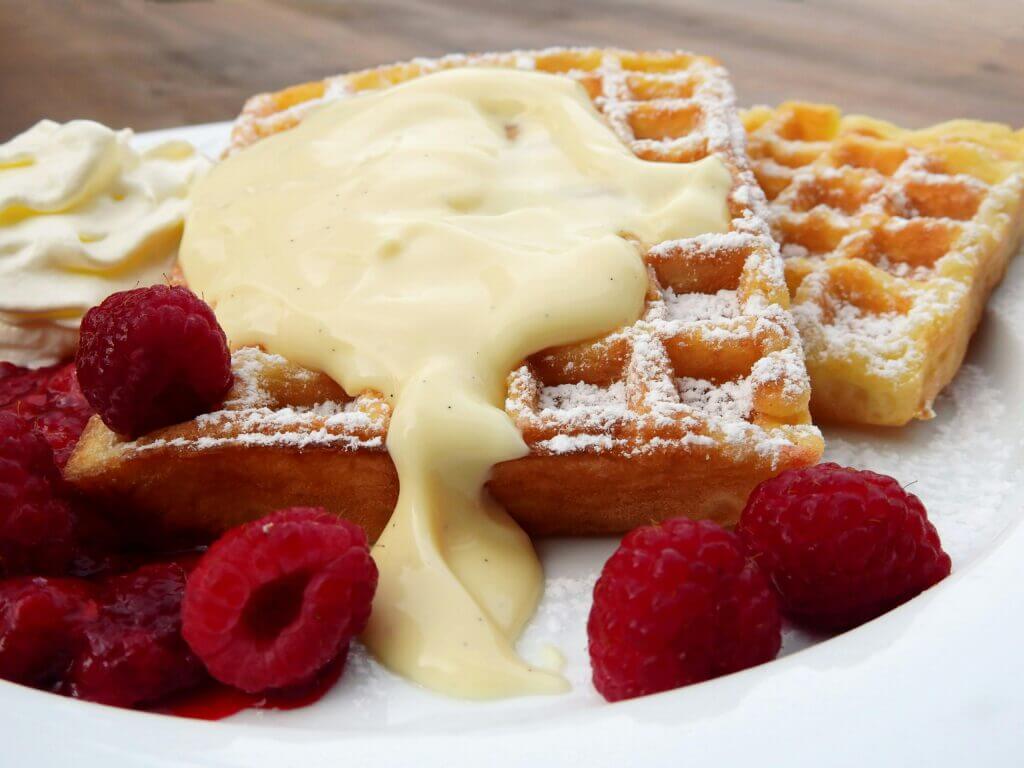
Absolutely! Pancake mix can also be utilized to prepare waffles with a few adjustments. As mentioned earlier, the main differences are batter consistency and adding extra fat. By reducing the liquid and adding more butter or oil, you can create delicious waffles using a pancake mix. This versatility makes pancake mix a handy ingredient to keep in your pantry.
How to Make Waffles with Pancake Mix
Did you know you can use pancake mix to make waffles? It’s a convenient way to enjoy waffles without needing a separate mix. Here’s how to do it:
- Prepare the Pancake Mix: Follow the instructions on the pancake mix box, but reduce the liquid slightly. The waffle mixture ought to be denser than the pancake mix.
- Add Extra Fat: Waffles benefit from more fat to achieve a crispy exterior. Add an extra tablespoon of melted butter or oil to the batter.
- Preheat the Waffle Iron: Ensure your waffle iron is hot before adding the batter. Lightly coat it with non-stick spray or butter.
- Prepare the Waffles: Follow the manufacturer’s instructions and place the batter in the waffle iron, usually about 3-5 minutes, until golden brown and crisp.
Enjoy your waffles with your favorite toppings, just like pancakes!
Conclusion
Making pancakes without baking powder is not only possible but also easy and fun. You can enjoy light, delicious pancakes whenever you like with a few straightforward adjustments. Whether you use baking soda and vinegar, whipped egg whites, or yogurt, each method offers a unique texture and flavor profile. Experiment with different ingredients and toppings to make your perfect pancake. Remember, the key is to mix gently, cook at the right temperature, and enjoy the process. Happy cooking!
Frequently Asked Questions (FAQs)
Can I make pancakes without any leavening agents?
Yes, but they will be denser. Consider using whipped egg whites or yogurt for some lift.
Can baking soda replace baking powder?
Yes, you can replace baking powder with baking soda, but some changes are necessary. Baking soda is approximately three to four times more potent than baking powder, so you must use less. Generally, you would use 1/4 teaspoon of baking soda per teaspoon of baking powder required in a recipe. Additionally, you’ll need an acidic ingredient, such as buttermilk, yogurt, or vinegar, to activate the baking soda and help your baked goods rise. Remember that baking soda can impart a slightly different flavor than baking powder, so it’s essential to balance the flavors in your recipe accordingly.
Can I use gluten-free flour to make pancakes without baking powder?
Yes, please make sure the gluten-free flour blend you use is good for baking.
Do you think I can freeze cooked pancakes?
Absolutely! You can freeze cooked pancakes for up to two months. Arrange them with parchment paper and place them in an airtight container. Arrange them with parchment paper and place them in an airtight container. To reheat, put them in the toaster or microwave until warmed. This makes for a quick and easy breakfast option on busy mornings.
You can refrigerate pancake batter for up to two days. Just stir it well before using it. The batter may thicken slightly as it sits, so add a splash of milk to bring it back to normal—the right consistency.
Can I store leftover pancake batter?
Are pancakes without baking powder healthier?
They can be mainly used in natural ingredients to reduce sodium content.
PrintHow to Make Pancakes Without Baking Powder
These ingredients are pantry staples, so even if you don’t have baking powder, you likely have everything else you need. The key players here are the baking soda and the acid (vinegar or buttermilk), which will create the necessary chemical reaction to give your pancakes a good rise.
- Total Time: 25 minutes
- Yield: 4 servings 1x
Ingredients
- 1 cup all-purpose flour
- 1 tablespoon sugar
- 1 teaspoon baking soda
- 1 cup milk (or buttermilk for extra fluffiness)
- 1 large egg
- 2 tablespoons melted butter (or oil)
- 1 teaspoon vanilla extract (optional)
- A pinch of salt
- 1 tablespoon vinegar (if using milk)
Instructions
- First, gather all your ingredients. This preparation step is crucial to ensure a smooth cooking process. If you’re using milk, mix it with the vinegar to create a buttermilk substitute. This will help your pancakes rise and become fluffy. Let this mixture sit for about 5 minutes. This waiting period allows the vinegar to curdle the milk slightly, enhancing the acidity and helping with the leavening process.
- In a bowl, whisk together the milk (or buttermilk), egg, melted butter, and vanilla extract until well combined. The wet ingredients should be at room temperature to mix more evenly with the dry ingredients. Using room temperature ingredients prevents the melted butter from solidifying when it comes into contact with cold milk or eggs. This ensures a smoother batter.
- In a separate bowl, sift together the flour, sugar, baking soda, and salt. Sifting helps to aerate the flour, ensuring a light and fluffy pancake. It also ensures that the baking soda is evenly distributed, which is critical for even rising. If you don’t have a sifter, you can use a fine-mesh strainer or simply whisk the dry ingredients together thoroughly.
- Pour the wet ingredients into the dry ingredients. Stir gently until just combined. It’s okay if there are a few lumps; overmixing can make the pancakes tough. Overmixing develops the gluten in the flour, which is great for bread but not for pancakes. Aim for a lumpy batter, which leads to fluffier pancakes.
- Heat a non-stick skillet or griddle over medium heat. Lightly grease with butter or oil. Pour 1/4 cup of batter onto the skillet for each pancake. Cook until bubbles form on the surface and the edges look set, then flip and cook until golden brown. This usually takes about 2-3 minutes per side. Keep an eye on the heat; if it’s too high, the pancakes will brown too quickly on the outside while remaining raw inside.
- Serve your pancakes hot with your favorite toppings. Classic options include maple syrup, fresh fruit, or a dollop of whipped cream. For a healthier twist, consider topping with Greek yogurt and a drizzle of honey. You can also add a sprinkle of nuts or seeds for a bit of crunch.
- Prep Time: 10 minutes
- Cook Time: 15 minutes
- Category: Pancakes
- Cuisine: American
Nutrition
- Serving Size: 4 servings
- Calories: 210 kcal
- Sugar: 5g
- Fat: 5g
- Carbohydrates: 22g
- Fiber: 1g
- Protein: 4g
Keywords: Pancakes Without Baking Powder
